Trivia isn’t just about knowing obscure facts; it’s about exploring the depths of knowledge and stretching your brain to grasp new concepts.
In this list, we’ll delve into a variety of topics, from science to history to pop culture, offering a mix of fun and challenging questions that will test your understanding and spark your curiosity.
Get ready to exercise your brain cells and uncover some fascinating tidbits about the world we live in, perfect for your next quiz night!
What is the rarest blood type in humans?

Blood types play a crucial role in medical treatments and transfusions, but did you know that some types are rarer than others? The rarest blood type in humans is AB-negative. Only about 1% of the world’s population has this blood type, making it incredibly valuable for blood donation purposes.
People with AB-negative blood are often called “universal plasma donors” because their plasma can be given to individuals with any blood type. Understanding the rarity of different blood types highlights the importance of blood donation and the need for diverse donors to meet various medical needs.
Which planet in our solar system has the most moons?

Moons aren’t exclusive to Earth; many other planets in our solar system have them too! But when it comes to the sheer number of moons, one planet stands out: Jupiter. With a whopping 79 known moons and possibly more waiting to be discovered, Jupiter reigns supreme as the planet with the most moons. These moons come in all shapes and sizes, from tiny irregular rocks to larger bodies like Ganymede, the largest moon in the solar system. Exploring the moons of Jupiter not only expands our understanding of the planet but also offers insights into the formation and dynamics of our solar system.
What is the longest river in the world?
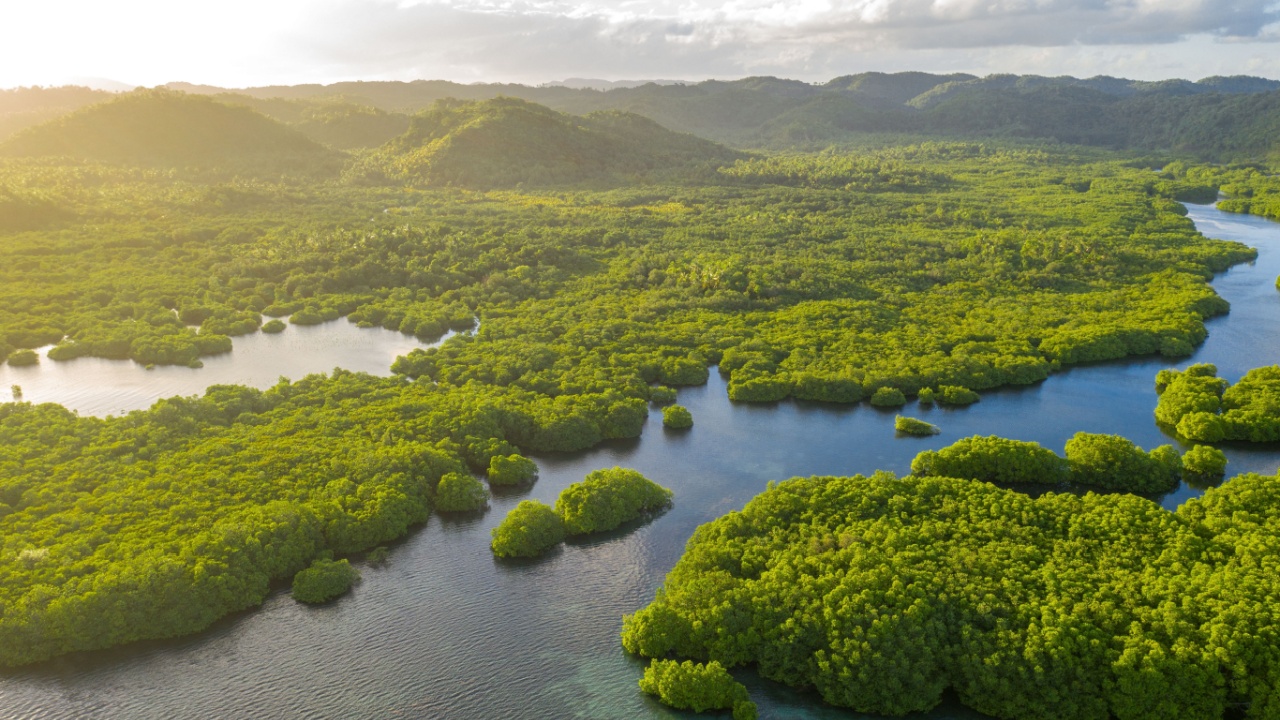
Rivers are vital lifelines for countless communities around the globe, providing water for drinking, agriculture, and transportation. When it comes to length, the title of the longest river belongs to the mighty Amazon. Stretching an impressive 4,345 miles (7,062 kilometers), the Amazon River flows through South America, winding its way through lush rainforests and diverse ecosystems. Its vast basin is home to an incredible array of wildlife, from elusive jaguars to colorful macaws. Exploring the Amazon River isn’t just an adventure; it’s a journey through one of the most biodiverse regions on the planet.
What is the chemical symbol for gold?
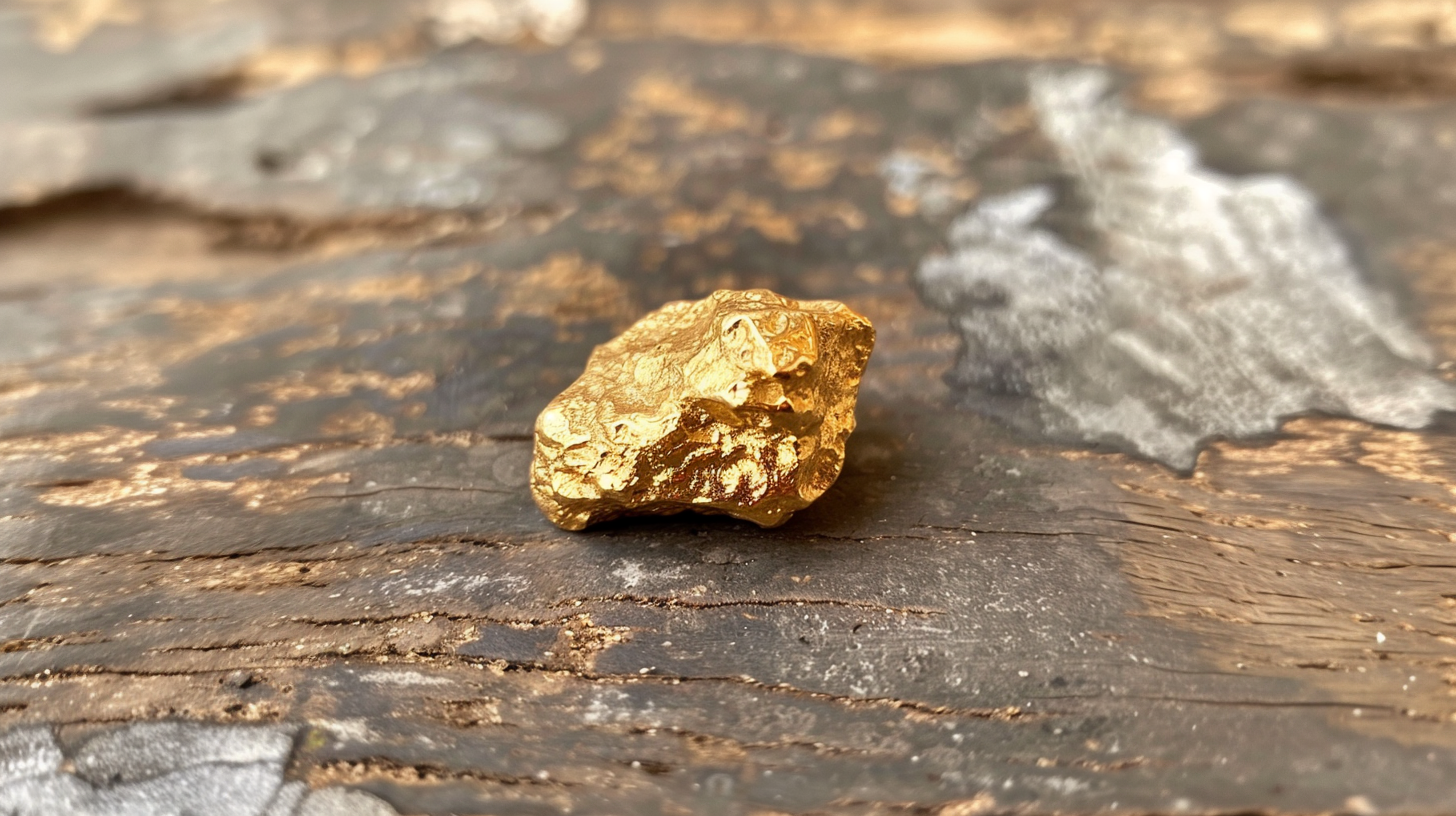
Chemistry is full of symbols and abbreviations that represent elements and compounds, but some are more well-known than others. One of the most iconic chemical symbols is Au, which represents the element gold. Gold has been prized by civilizations for millennia, valued for its beauty, rarity, and versatility. From jewelry to electronics to currency, gold plays a variety of roles in our society. Understanding its chemical symbol allows us to appreciate the significance of gold in both scientific and cultural contexts.
Who was the first woman to win a Nobel Prize?

Nobel Prizes are prestigious awards presented to people who have made significant contributions to humanity in various fields. The first woman to win a Nobel Prize was Marie Curie, a pioneering physicist and chemist. In 1903, Curie, along with her husband Pierre Curie and physicist Henri Becquerel, was awarded the Nobel Prize in Physics for their groundbreaking research on radioactivity.
Curie later received a second Nobel Prize in Chemistry in 1911 for her discovery of the elements polonium and radium. Her achievements not only paved the way for future generations of women in science but also revolutionized our understanding of the atomic world.
What is the largest desert in the world?
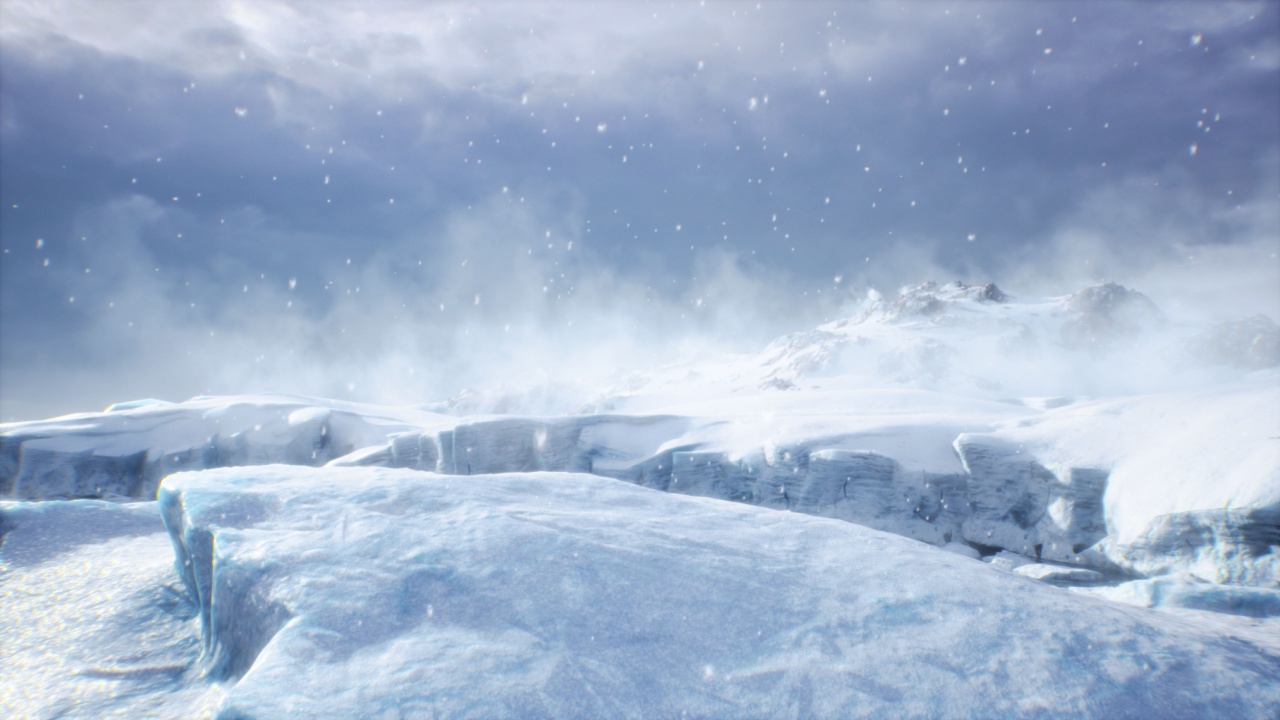
When we think of deserts, we often picture vast stretches of sand dunes and scorching temperatures. However, the largest desert in the world might surprise you: it’s Antarctica. Despite being covered in ice, Antarctica meets the criteria for a desert because it receives very little precipitation. In fact, it’s the driest and windiest continent on Earth.
The harsh conditions of Antarctica present unique challenges for life, but it’s home to a surprising array of resilient organisms, from microscopic algae to penguins and seals. Exploring the icy expanse of Antarctica offers insights into the adaptability of life in even the most extreme environments.
What is the capital city of Australia?
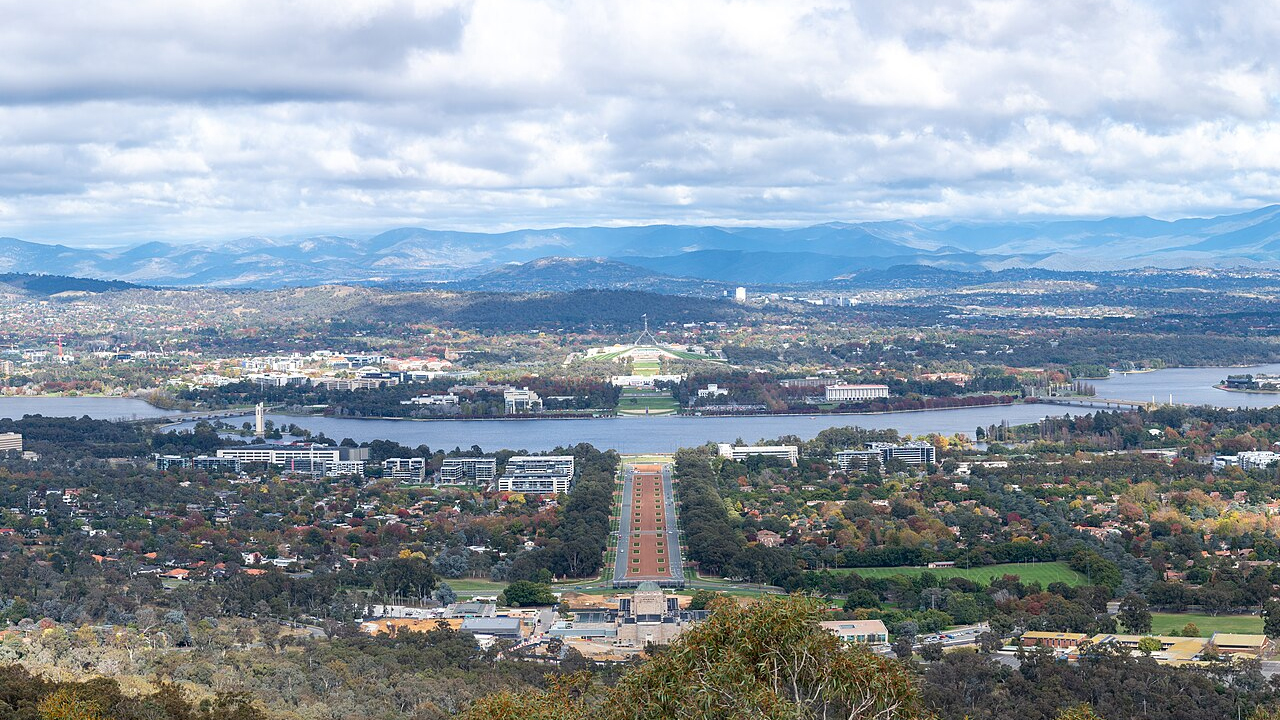
Capital cities serve as the political, cultural, and economic hubs of their respective countries, but not all of them are as well-known as others. The capital city of Australia is Canberra. Located in the southeastern part of the country, Canberra was purposefully designed to be the capital in the early 20th century, selected as a compromise between Australia’s two largest cities, Sydney and Melbourne.
Despite its relatively small size compared to other capital cities, Canberra boasts a rich cultural heritage, with numerous museums, galleries, and landmarks celebrating Australian history and identity. Visiting Canberra offers a glimpse into the heart of Australia’s governance and culture.
What is the smallest country in the world?
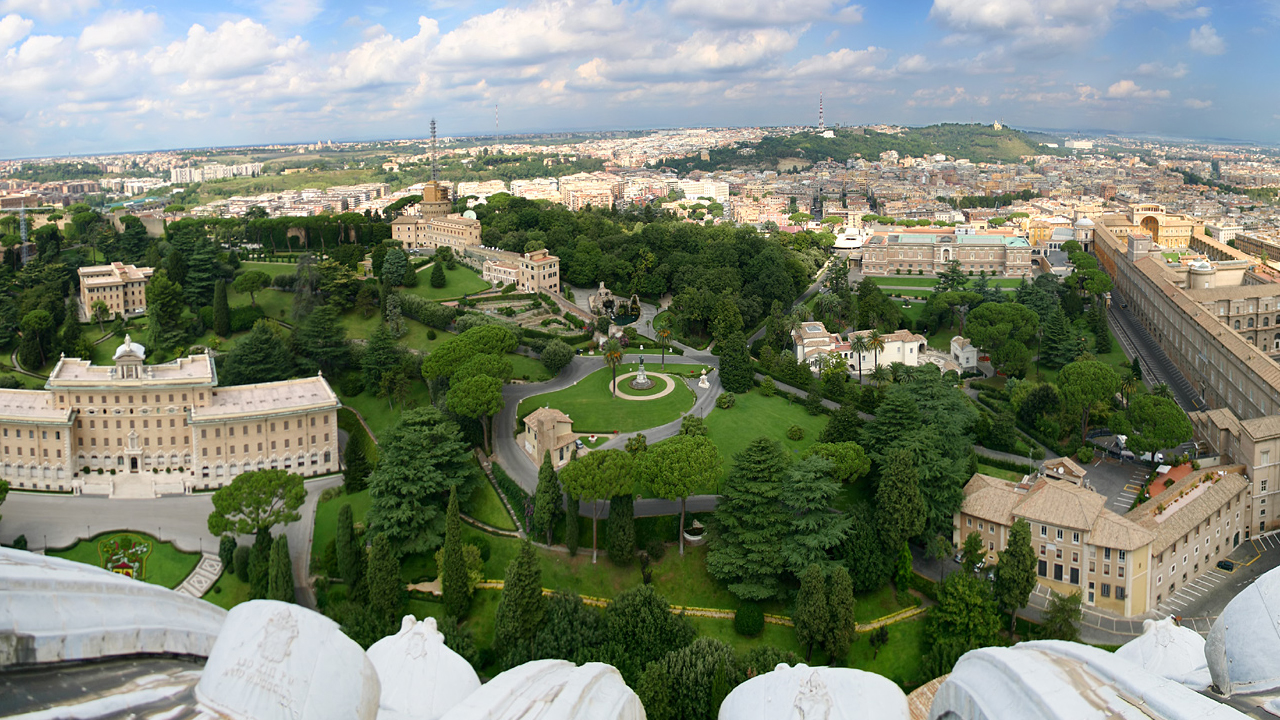
Countries come in all shapes and sizes, from sprawling giants to tiny enclaves tucked away in distant corners of the globe. The smallest country in the world is Vatican City. Located within the city of Rome, Italy, Vatican City covers an area of just 44 hectares (110 acres), making it smaller than many urban parks.
What is the speed of light in a vacuum?

The speed of light is one of the fundamental constants of the universe, but how fast does light actually travel? In a vacuum, such as outer space, the speed of light is approximately 299,792 kilometers per second (186,282 miles per second). This incredible speed allows light to traverse vast distances in a fraction of a second, shaping our understanding of the cosmos and enabling technologies such as telecommunications and astronomy.
Who composed the “Symphony No. 9” (also known as the “Choral Symphony”)?
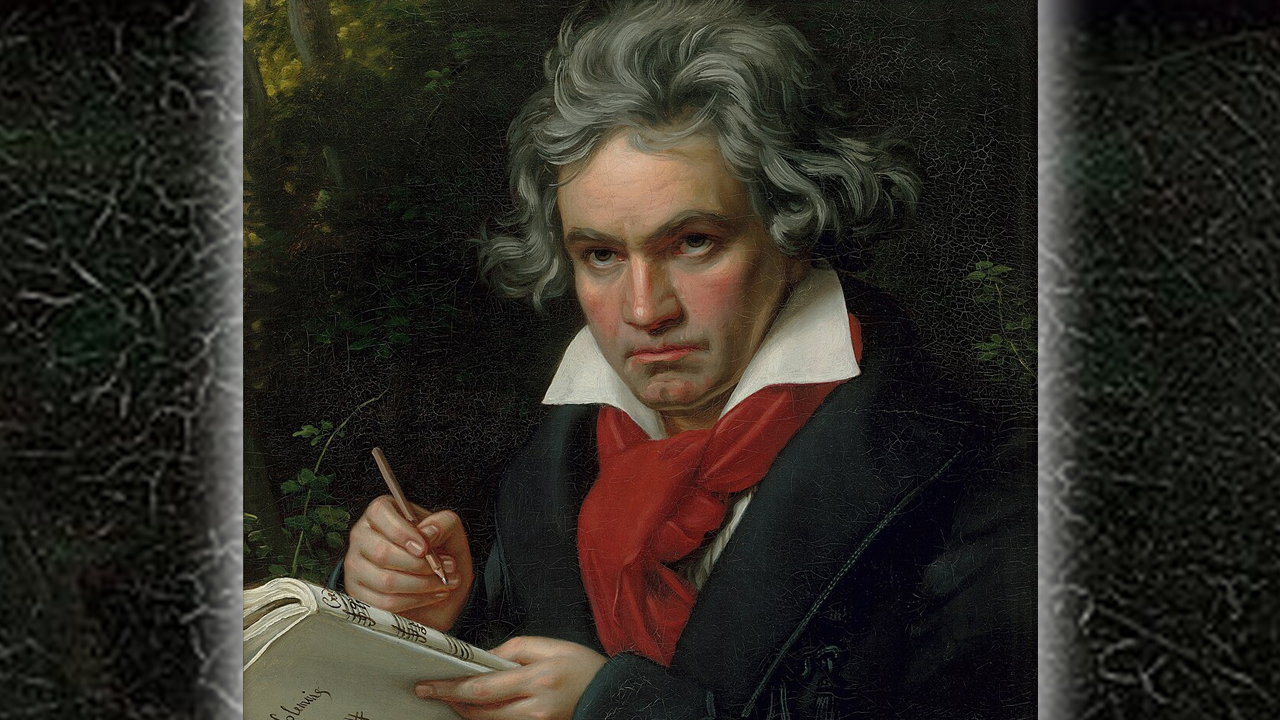
Ludwig van Beethoven composed Symphony No. 9 in D minor, Op. 125, commonly known as the “Choral Symphony.” Completed in 1824, the Ninth Symphony is one of Beethoven’s most celebrated works. Its final movement features the iconic “Ode to Joy” melody. With its themes of unity and brotherhood, the Ninth Symphony continues to inspire audiences around the world.
What is the smallest bone in the human body?
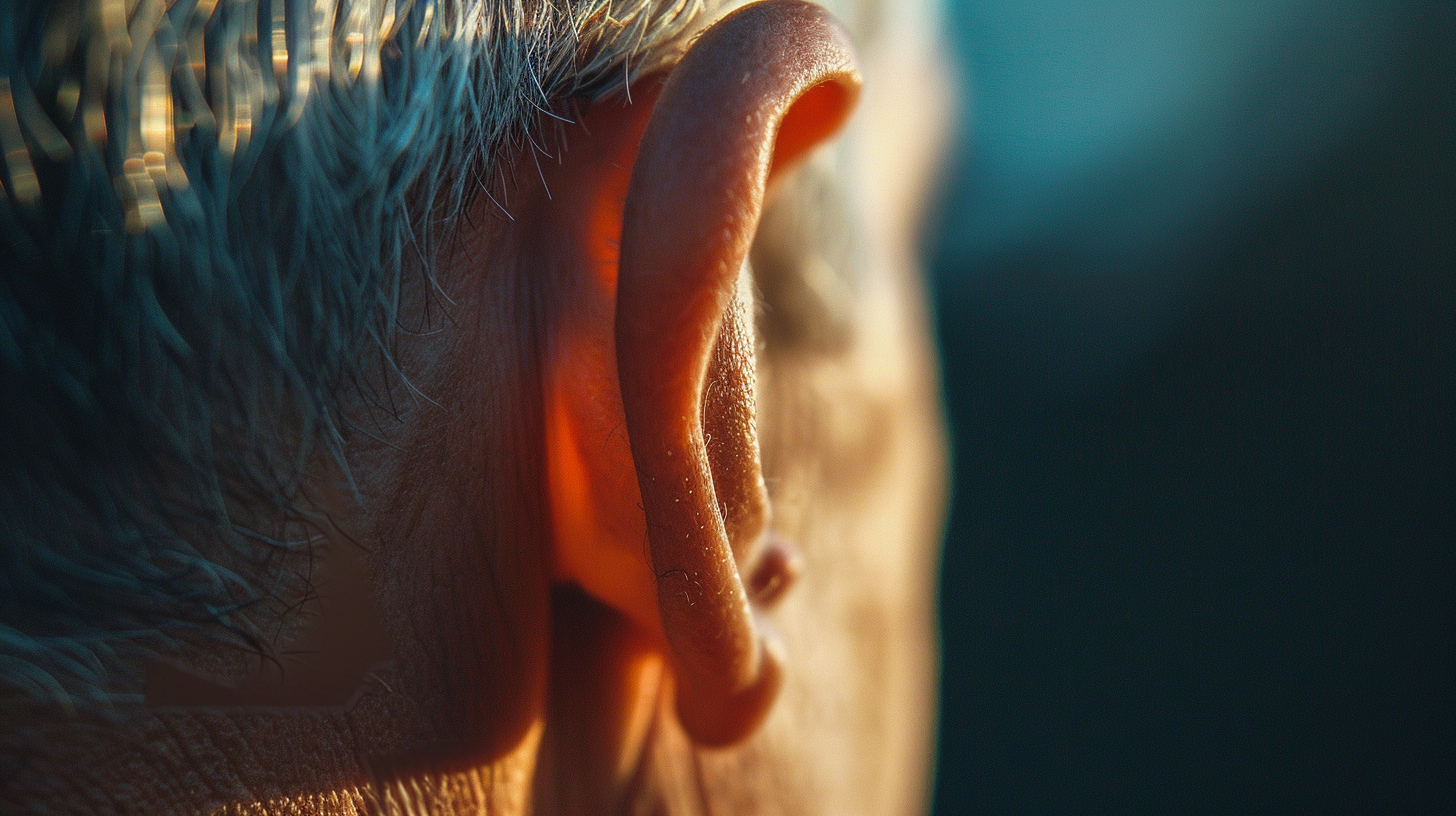
While the human body contains many small bones, the stapes, located in the middle ear, holds the title of the smallest bone. Shaped like a stirrup, the stapes plays a crucial role in transmitting sound vibrations from the eardrum to the inner ear, allowing us to hear.
What is the tallest tree species in the world?
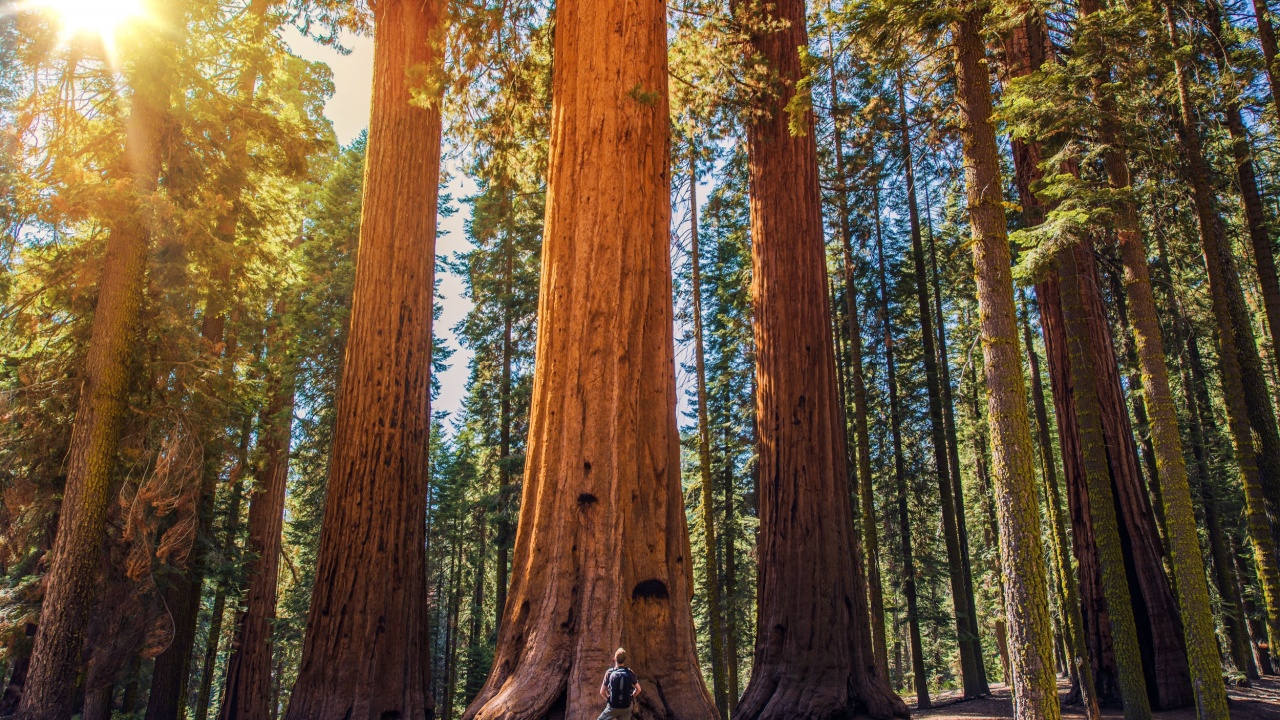
The tallest tree species in the world is the coastal redwood (Sequoia sempervirens). These towering giants can reach heights of over 300 feet (91 meters) and are found along the coast of California and Oregon in the United States.
What is the largest bird of prey in the world?
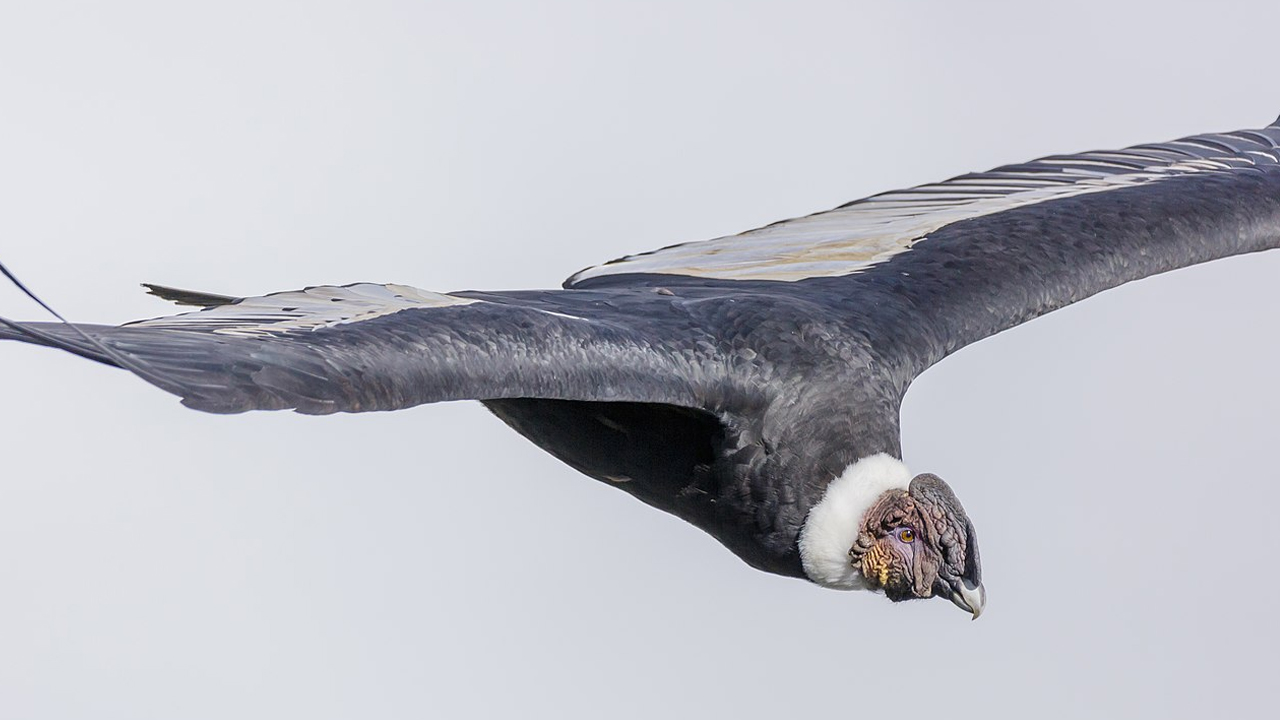
The Andean condor (Vultur gryphus) holds the title of the largest bird of prey in the world. With a wingspan that can exceed 10 feet (3 meters) and a weight of up to 33 pounds (15 kilograms), these magnificent birds soar effortlessly through the skies of South America, scavenging for carrion.
What is the largest moon in the solar system?
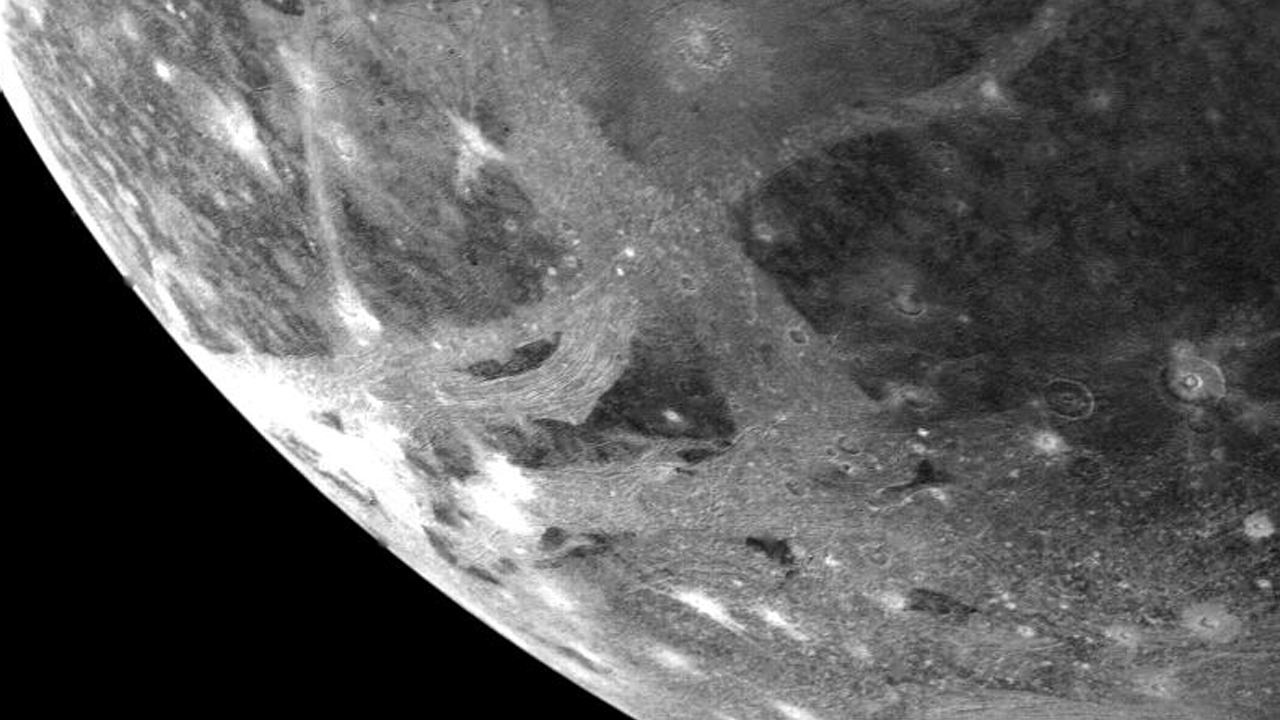
Ganymede, one of Jupiter’s largest moons, holds the title of the largest moon in the solar system. This icy world is even larger than the planet Mercury and is thought to have a subsurface ocean beneath its icy crust.
Who discovered the structure of DNA?

James Watson, Francis Crick, Rosalind Franklin, and Maurice Wilkins are credited with discovering the double helix structure of DNA. Their groundbreaking work, published in 1953, laid the foundation for our understanding of genetics and molecular biology.
Ellen has been obsessed with logic puzzles, jigsaws, and cryptograms since she was a kid. After learning she was taught how to play chess wrong by a family friend (so they could win), she joined her school chess club and the rest is history.

